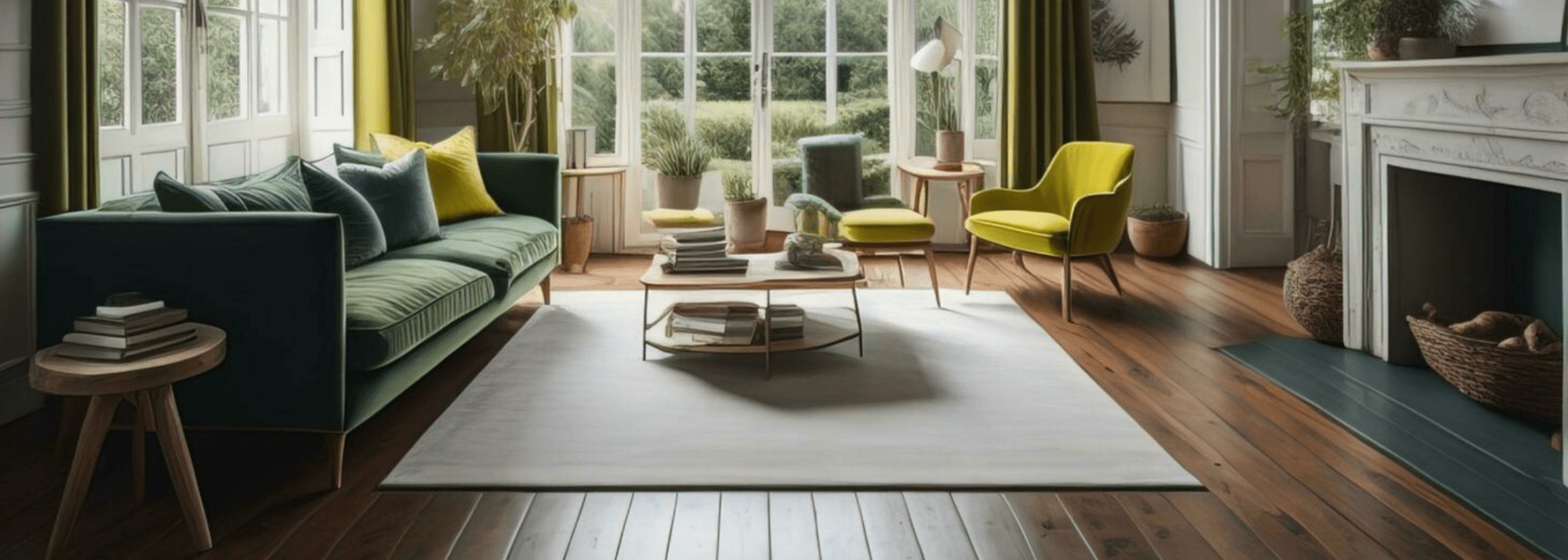Here at Best at Flooring we have a range of engineered wood floors.
But what’s the difference between hardwood and softwood?
Quite simply, the classification between the two comes down to the physical structure and make up of a wood. Although most people tend to think of a hardwood as being something hard and durable, and a softwood as being delicate and workable, this isn’t quite true. And this is because some softwoods are still relatively hard, especially wood that originates from yew trees, and wood from balsa trees, which are hardwoods, can be softer than softwoods.
The definition
The truth is that hardwood comes from flowering plants, otherwise known as angiosperm plants. These are generally oak, maple, or walnut trees that are not monocots — where the leaf veins are parallel and the petals are found in multiples of three. Softwood comes from gymnosperm trees, where the flowering plants have seeds that are enclosed within an ovary (such as a fruit). Examples of gymnosperm trees include evergreen conifers, pine or spruce plants and they usually have needles and cones.
Uses of hardwood and softwood
Often hardwoods are likely to be found in high-quality furniture decking, long-term construction, and of course flooring in the home. Despite this around 80 per cent of timber found in homes and other non-commercial properties comes from softwood. Typically, you will find softwood being used in windows, doors, MDF, paper, and even Christmas trees. This is generally because softwoods are cheaper and often make up much of the bulk wood in the world. Although hardwoods are more expensive, they are denser, which means that they will last longer than softwoods, which is why we use them for things such as living room flooring — where they can withstand considerable impacts alongside general wear and tear.
You can check the density of woods using the chart below:
| Wood | Density (lb/ft3) |
| Alder (Hardwood) | 26-42 |
| Aspen (Hardwood) | 26 |
| Balsa (Hardwood) | 7-9 |
| Beech (Hardwood) | 32-56 |
| Cedar (Softwood) | 23 |
| Douglas Fir (Softwood) | 33 |
| Hickory (Hardwood) | 37-58 |
| Juniper (Softwood) | 35 |
| Magnolia (Hardwood) | 35 |
| Mahogany (Hardwood) | 31-53 |
| Maple (Hardwood) | 39-47 |
| Oak (Hardwood) | 37-56 |
| Pine (Softwood) | 22-35 |
| Poplar (Hardwood) | 22-31 |
| Redwood (Softwood) | 28-55 |
| Spruce (Softwood) | 25-44 |
| Teak (Hardwood) | 41-61 |
| Walnut (Hardwood) | 40-43 |
| Yew (Softwood) | 42 |
What difference does this make between solid wood and engineered wood flooring?
Generally, the difference between hardwood and softwood does not make a difference between engineered and solid wood flooring. The difference in this matter depends on the construction of the flooring itself. So, with engineered wood flooring, layers of ply are bonded together to create a solid core board which is then topped with a solid wood layer of choice. Solid wood flooring, as you might imagine, consists of solid planks of wood comprising of only one species of wood. With both engineered flooring and hardwood flooring, you get the advantage of being able to maintain a good-looking floor with the greatest of ease.
To find out how to look after your flooring and make it last, take a look at our top ten tips here.


